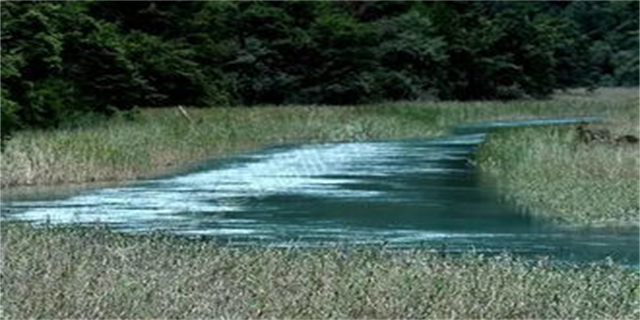furled around the mast(Furled Around the Mast Understanding the Impact of Wind on Sailing)

Furled Around the Mast: Understanding the Impact of Wind on Sailing
The Physics Behind Wind and Sailing
When sailing, wind is the essential driving force behind the movement of the boat. Wind is caused by changes in atmospheric pressure, and is influenced by factors such as temperature, altitude, and the rotation of the earth. As wind moves across the surface of the water, it exerts a force on the sails of the boat. This force is known as the lift force, and it causes the boat to move forward. The shape and size of the sails determine the amount of lift force that can be generated. In addition, the angle at which the sails are positioned relative to the wind, known as the angle of attack, can impact the amount of lift force created. However, the sail cannot generate a lift force that is greater than the wind hitting it.The Importance of Sail Trim
One important factor in optimizing the lift generated by the sail is sail trim. Sail trim refers to the adjustment of the sails to achieve the desired angle of attack and to maintain optimal lift. By adjusting the position of the sails, sailors can modify the amount of lift that is generated, which is critical for controlling the speed and direction of the boat. Proper sail trim is also important for sail longevity and safety. Over-trimmed sails can cause unnecessary stress and strain on the boat, while under-trimmed sails can produce less lift and sluggish performance.Navigating the Wind
A skilled sailor understands the dynamics of wind and can use it to their advantage. A basic principle of sailing is that a boat cannot sail directly into the wind, but it can sail in any other direction, including at angles to the wind. By sailing at an angle to the wind, sailors can harness the lift force generated by the sail and convert it into forward movement. This angle, known as the point of sail, is dependent on wind direction, speed and the sailor's goals. Sailors must continually adjust their point of sail and sail trim to optimize their performance and maintain a steady course.In conclusion, understanding the impact of wind on sailing is crucial for safe and successful navigation. By understanding the physics behind wind and the importance of sail trim, sailors can optimize their performance and maintain their equipment. With knowledge of navigating the wind, sailors can use it to their advantage and achieve their goals on the water.










